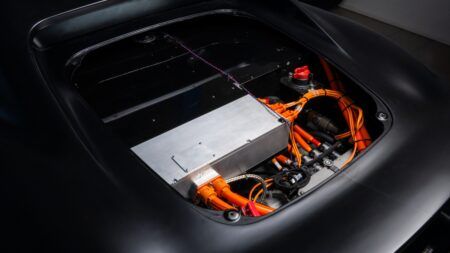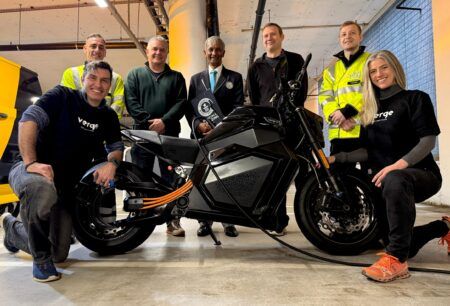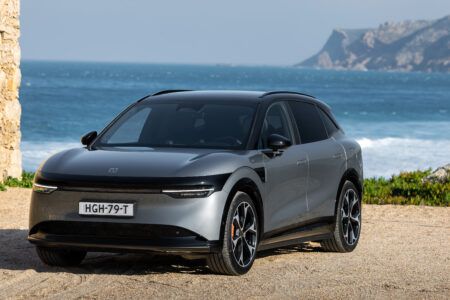Mukesh Chatter is CEO and co-founder of Alsym Energy, a company is developing lithium- and cobalt-free battery technology. Here he puts the engineering, manufacturing and social cases for a new era in EV power
To meet international goals of net zero carbon emissions by 2050 it is projected that the number of EVs on US roads alone will need to increase from 2.5 million today to 44 million as soon as 2030*. By extension, the production of batteries for EVs will also have to increase in order to meet that demand.
Lithium-ion batteries are currently the most common type of battery used to power EVs, but it will be extremely difficult – if not impossible – for US companies to produce the number of batteries required. This is where alternative battery technologies come in.
While the metals required to build lithium-ion batteries aren’t necessarily rare, existing supply chains are dominated by a small handful of countries and refining is largely centralized in Asia. Mining companies are scrambling to increase production in other parts of the world, but mines take 5-10 years to open, which could lead to lithium shortages as early as 2025.
Meanwhile, the majority of the cobalt used in batteries comes from the Democratic Republic of Congo, where up to 40,000 children as young as six work to extract the metal from the ground – often in forced labor conditions. Ramping up production of lithium-ion may only make things worse in the near term. Beyond supply concerns, another problem with using lithium-ion batteries is the danger of thermal runaway.
So how can industry improve supply while reducing cost and risk? One option is alternative battery chemistries that take advantage of more readily available materials and more diverse supply chains.
There is already extensive advancement in alternative battery technology, making it possible to focus instead on materials found in the US and its free-trade partners. This also makes it easier to move battery production closer to auto plants, reducing transportation costs and associated emissions.
The production of EV batteries can then scale vertically among industry members to meet the needs for net-zero emissions. Some of these technologies can even be built using existing factories and plants, reducing or eliminating the need to design and build new infrastructure.
As a hedge against lithium-ion supply chain instability, multiple companies around the world that manufacture lithium-ion batteries are also looking to develop alternative battery technologies. Partnerships and cooperation in this space can inevitably lead to a massive increase in breakthroughs and production scalability. Alternative battery technologies are already proven to work in EVs, but they are still years away from being produced at the level necessary to deliver meaningful results.
By partnering with major manufacturers who have been doing their own work on alternative battery chemistries, the research and production know-how can be combined. The available resources of major manufacturers will make production faster and more efficient, meeting the scale at which these batteries need to be made.
It is these major corporations who have the resources, experience, and tools to ramp up production of alternative EV batteries. Battery companies must team up to make it possible to have enough batteries to meet the growing demand. Collaboration is the key to alternative batteries succeeding in the long run.
2030 is not far away and is a crucial checkpoint on the way to net-zero emissions by 2050. The demand for EV batteries is going to increase significantly; by focusing on alternative battery chemistries, battery companies and automakers have the potential to meet the challenge of electrification in a way that’s scalable and practical while reducing social and environmental impacts, as well as support domestic economies.





